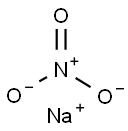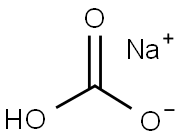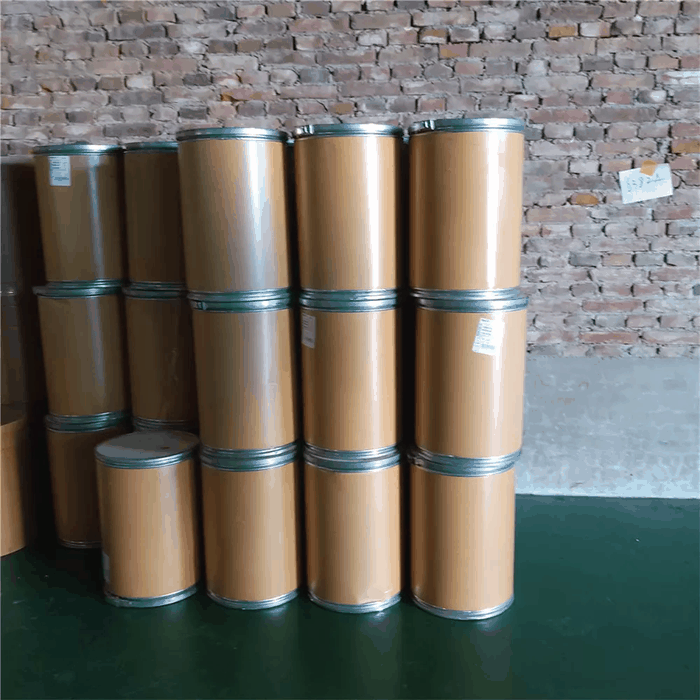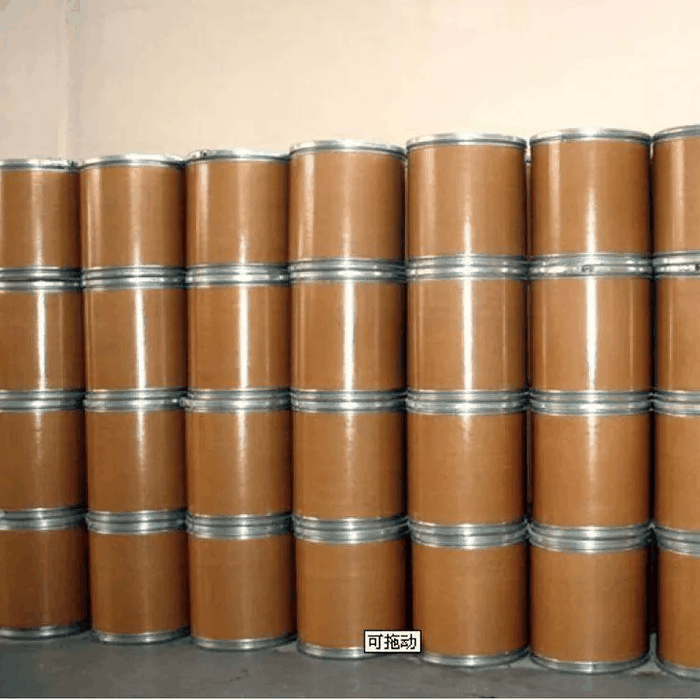Sodium lignosulfonate
- CAS NO.:8061-51-6
- Empirical Formula: C20H24Na2O10S2
- Molecular Weight: 534.51
- MDL number: MFCD00135572
- SAFETY DATA SHEET (SDS)
- Update Date: 2025-01-27 09:38:02
What is Sodium lignosulfonate?
The Uses of Sodium lignosulfonate
Binder for ceramics, dispersing agent for pigments and in water treatment, stabilizer for wax and O/W emulsions, and tanning agent.
The Uses of Sodium lignosulfonate
Dispersing agent for dyestuffs, wax emulsions, pigments, water treatment and cleaners.
What are the applications of Application
Sodium Ligninsulfonate is an organic polymer used in various industries for its structural qualities
General Description
Light tan powder.
Air & Water Reactions
Water soluble.
Reactivity Profile
An oxidizing acid. Oxidizing acids are generally soluble in water with the release of hydrogen ions. The resulting solutions have pH's of less than 7.0. Materials in this group react with chemical bases (for example: amines and inorganic hydroxides) to form salts. These neutralization reactions occur as the base accepts hydrogen ions that the acid donates. Neutralizations can generate dangerously large amounts of heat in small spaces. The dissolution of acids in water or the dilution of their concentrated solutions with water may generate significant heat. The addition of water acids often generates sufficient heat in the small region of mixing to boil some of the water explosively. The resulting "bumping" spatters acid widely. These materials have significant ability as oxidizing agents. but that ability varies (for example, from high for nitric acid to low for sulfuric acid and most sulfonic acids). They can react with active metals, including iron and aluminum, and also many less active metals, to dissolve the metal and liberate hydrogen and/or toxic gases. Like other acids, materials in this group can initiate polymerization in certain classes of organic compounds. Their reactions with cyanide salts and compounds release gaseous hydrogen cyanide. Flammable and/or toxic gases are also often generated by their reactions with dithiocarbamates, isocyanates, mercaptans, nitrides, nitriles, sulfides, and weak or strong reducing agents. Additional gas-generating reactions occur with sulfites, nitrites, thiosulfates (to give H2S and SO3), dithionites (SO2), and even carbonates: the carbon dioxide gas from the last is nontoxic but the heat and spattering from the reaction can be troublesome. Acids often catalyze (increase the rate of) chemical reactions.
Fire Hazard
Flash point data for Sodium lignosulfonate are not available. Sodium lignosulfonate is probably combustible.
Properties of Sodium lignosulfonate
| solubility | H2O: soluble |
| form | powder to crystal |
| color | Black |
| PH | 3.5 (10wt. %) |
| EPA Substance Registry System | Sodium lignosulfonate (8061-51-6) |
Safety information for Sodium lignosulfonate
Computed Descriptors for Sodium lignosulfonate
Sodium lignosulfonate manufacturer
Related products of tetrahydrofuran








You may like
-
 SODIUM LIGNOSULFONATE 99%View Details
SODIUM LIGNOSULFONATE 99%View Details -
 Sodium lignosulfonate 8061-51-6 98%View Details
Sodium lignosulfonate 8061-51-6 98%View Details
8061-51-6 -
 Lignin (Dealkaline) CAS 8061-51-6View Details
Lignin (Dealkaline) CAS 8061-51-6View Details
8061-51-6 -
 Sodium Ligninsulfonate CAS 8061-51-6View Details
Sodium Ligninsulfonate CAS 8061-51-6View Details
8061-51-6 -
 Sodium Lignosulfonate CASView Details
Sodium Lignosulfonate CASView Details -
 8061-51-6 Sodium lignosulfonate 98%View Details
8061-51-6 Sodium lignosulfonate 98%View Details
8061-51-6 -
 Lignosulfonic acid sodium salt CAS 8061-51-6View Details
Lignosulfonic acid sodium salt CAS 8061-51-6View Details
8061-51-6 -
 Lignosulfonic acid sodium salt CAS 8061-51-6View Details
Lignosulfonic acid sodium salt CAS 8061-51-6View Details
8061-51-6